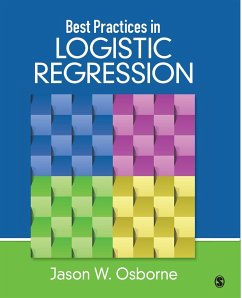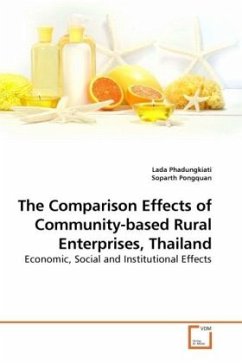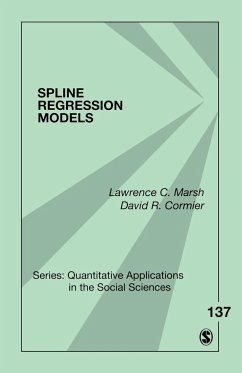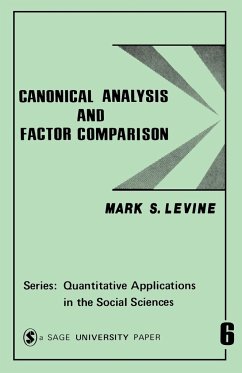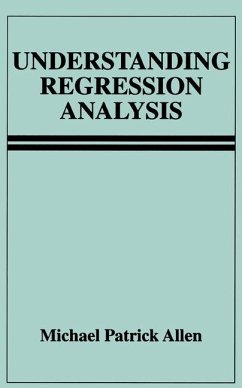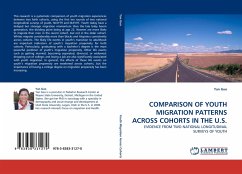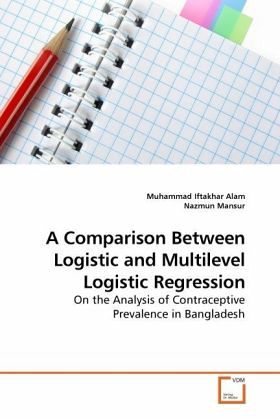
A Comparison Between Logistic and Multilevel Logistic Regression
On the Analysis of Contraceptive Prevalence in Bangladesh
Versandkostenfrei!
Versandfertig in 6-10 Tagen
32,99 €
inkl. MwSt.

PAYBACK Punkte
16 °P sammeln!
In public health and demography, large-scale surveys often follow a hierarchical structure of data as the surveys are based on multistage stratified cluster sampling. The appropriate approach to analyze such survey data is therefore based on nested sources of variability which come from different levels of hierarchy. Using the 2004 Bangladesh Demographic and Health Survey contraceptive binary multistage stratified clustered data, this study is designed to assist in all aspects of working with multilevel logistic regression model. It is found that failing to take into account the multilevel eff...
In public health and demography, large-scale surveys often follow a hierarchical structure of data as the surveys are based on multistage stratified cluster sampling. The appropriate approach to analyze such survey data is therefore based on nested sources of variability which come from different levels of hierarchy. Using the 2004 Bangladesh Demographic and Health Survey contraceptive binary multistage stratified clustered data, this study is designed to assist in all aspects of working with multilevel logistic regression model. It is found that failing to take into account the multilevel effects in the modeling, the standard logistic model has considerably either overestimated or underestimated compared to the multilevel logistic model. In addition, the multilevel model reflects the existence of significant variations in the mean effects of the predictors in both cluster and division level. The study has finally suggested integrating a strong awareness program that targets the 10- 49 aged currently married women in Bangladesh in those divisions and clusters where the particular determinant of contraceptive use has been found to be less effective.



